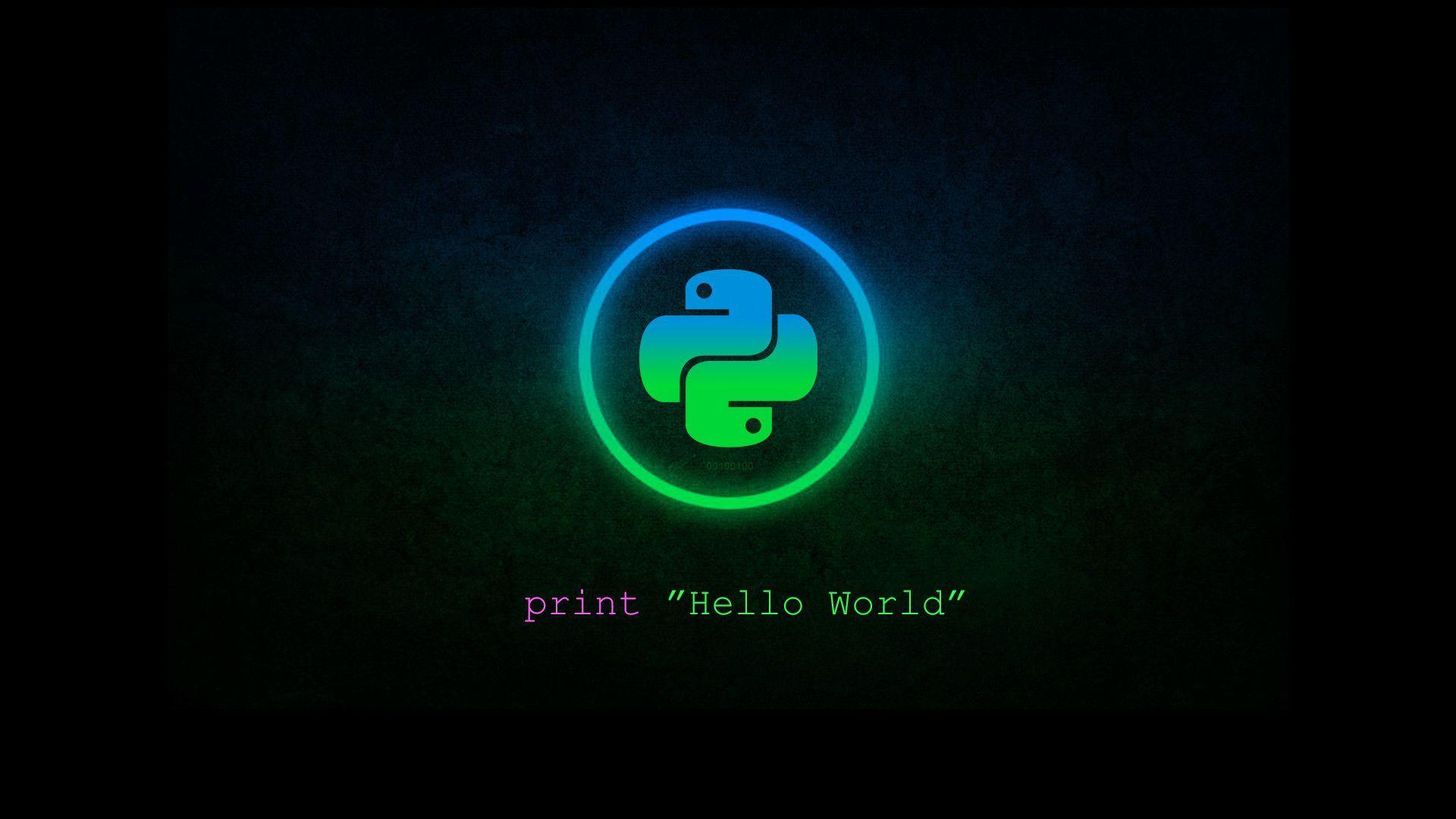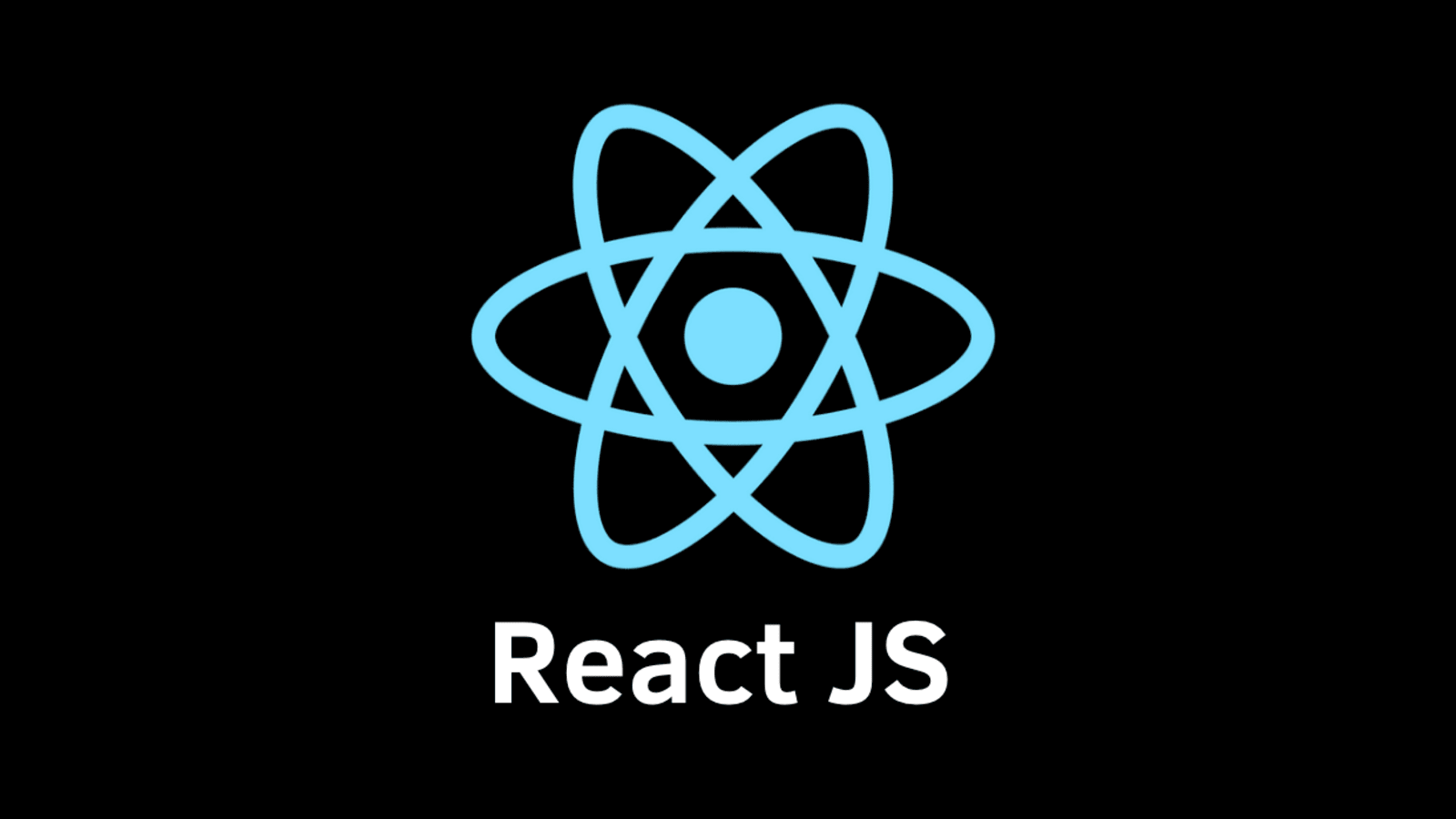
Top Linux Commands You Must Know As Linux User ?
Mastering Essential Linux Commands
Linux is a powerful and versatile operating system widely used in various computing environments, from servers and workstations to embedded systems and supercomputers. At the heart of Linux lies its command-line interface (CLI), which provides a rich set of tools and utilities for managing files, processes, and system resources. In this comprehensive article, we will explore the most essential Linux commands, their use cases, and practical examples to help you become proficient in navigating and administering Linux systems.
File Management Commands
-
ls (List Files and Directories)
Unveil the Contents of Your DirectoriesThe
lscommand is one of the most fundamental commands in Linux. It displays the contents of a directory, including files and subdirectories. You can use various options to customize the output, such as:ls -a: Lists all files, including hidden ones (those starting with a dot)ls -l: Displays a long listing format with detailed information like permissions, ownership, size, and modification timels -t: Sorts files and directories by modification time
-
cd (Change Directory)
Navigate Through Directories with EaseThe
cdcommand is used to navigate between directories. You can change to a specific directory by providing its path as an argument (cd /path/to/directory). Additionally, you can use special shortcuts like.for the current directory and..for the parent directory. -
mkdir (Make Directory)
Create New Directories with EaseThe
mkdircommand is used to create new directories. You can specify the name and path of the directory you want to create (mkdir /path/to/new/directory). The-poption allows you to create nested directories in a single command. -
rm (Remove Files and Directories)
Safely Delete Unwanted Files and DirectoriesThe
rmcommand is used to remove files and directories. To remove a file, you simply need to specify its path (rm /path/to/file). To remove a non-empty directory and its contents recursively, you need to use the-roption (rm -r /path/to/directory). Be cautious when using this command, as it can permanently delete data. -
cp (Copy Files and Directories)
Duplicate Files and Directories EffortlesslyThe
cpcommand is used to copy files and directories from one location to another. To copy a file, you need to provide the source and destination paths (cp /source/file /destination/path). To copy a directory and its contents recursively, you need to use the-roption (cp -r /source/directory /destination/path). -
mv (Move or Rename Files and Directories)
Relocate and Rename Files and Directories with EaseThe
mvcommand is used to move or rename files and directories. To move a file or directory, you need to provide the source and destination paths (mv /source/path /destination/path). To rename a file or directory, you can provide the same source directory and a new name as the destination (mv /path/to/file /path/to/new_name).
Process Management Commands
-
ps (Display Running Processes)
Gain Insight into Your System's ProcessesThe
pscommand displays information about currently running processes on the system. You can use various options to customize the output, such as showing the full command line (ps -ef) or displaying processes in a user-friendly format (ps aux). -
top (Monitor System Processes)
Keep an Eye on Resource-Intensive ProcessesThe
topcommand provides a real-time view of the system's running processes, including CPU and memory usage. It allows you to monitor system performance and identify resource-intensive processes. -
kill (Terminate a Process)
End Unresponsive Processes with PrecisionThe
killcommand is used to terminate a running process by sending a signal. You can specify the process ID (PID) to terminate a specific process (kill pid), or use the-9option to forcibly terminate a non-responsive process (kill -9 pid).
File Permission Commands
-
chmod (Change File Permissions)
Control Access to Your Files and DirectoriesThe
chmodcommand is used to change the permissions of files and directories. Permissions are represented as a three-digit octal number, with each digit corresponding to the permissions for the owner, group, and others, respectively. Common values are:4: Read permission2: Write permission1: Execute permission
For example,
chmod 755 filewould grant read, write, and execute permissions to the owner, and read and execute permissions to the group and others.
Text Processing Commands
-
grep (Search Text)
Find Patterns and Expressions with PrecisionThe
grepcommand is a powerful tool for searching and filtering text. It allows you to search for patterns or regular expressions within files or input streams. You can use various options to customize the search behavior, such as case-insensitive search (grep -i) or recursive search (grep -r). -
awk (Data Processing and Manipulation)
Transform and Process Data with Easeawkis a programming language and text processing utility used for manipulating and transforming structured data, such as text files or command output. It allows you to perform complex operations on input data using pattern-action rules and built-in functions. -
sed (Stream Editor)
Edit and Transform Text Streams EfficientlyThe
sedcommand is a powerful stream editor that allows you to perform text transformations on input streams or files. It supports a wide range of editing commands, including substitution, deletion, insertion, and more.sedis often used for tasks such as text filtering, string replacement, and file manipulation.
System Information Commands
-
uname (System Information)
Unveil Your System's Hidden SecretsThe
unamecommand displays information about the underlying operating system, including the kernel version, system architecture, and more. Theuname -aoption provides a detailed overview of the system information. -
df (Disk Space Usage)
Monitor and Manage Disk Space EffectivelyThe
dfcommand shows the disk space usage and available space for file systems mounted on the system. It is useful for monitoring disk space utilization and identifying potential issues with disk space. -
free (Memory Usage)
Keep Track of Your System's Memory UtilizationThe
freecommand displays information about the system's memory usage, including the total amount of free and used memory, as well as the swap space utilization.
Network Commands
-
ping (Test Network Connectivity)
Verify Network Reachability with EaseThe
pingcommand is used to test the network connectivity between two devices by sending Internet Control Message Protocol (ICMP) echo request packets and measuring the round-trip time. It is a valuable tool for network troubleshooting and checking if a remote host is reachable. -
ssh (Secure Shell)
Establish Secure Remote ConnectionsThe
sshcommand is used to establish a secure encrypted connection between two computers over an insecure network. It is commonly used for remote login, file transfer, and executing commands on remote systems.sshprovides a secure alternative to insecure protocols like Telnet and FTP. -
wget (Web Download)
Fetch Files from the Web with EaseThe
wgetcommand is a utility for retrieving files from the web using various protocols, including HTTP, HTTPS, and FTP. It supports recursive downloads, mirroring websites, and background downloads.wgetis particularly useful for automating download tasks or retrieving files from command-line scripts.
Compression and Archiving Commands
-
tar (Tape Archive)
Create and Extract Archive Files EffortlesslyThe
tarcommand is used to create, extract, and manipulate archive files, commonly known as tarballs. It can handle both compressed and uncompressed archives. Common options include:tar -c: Create a new archivetar -x: Extract files from an archivetar -z: Use gzip compression/decompressiontar -j: Use bzip2 compression/decompression
-
gzip (GNU Zip)
Compress and Decompress Files EfficientlyThe
gzipcommand is used to compress and decompress files using the Lempel-Ziv coding (LZ77) algorithm. It is commonly used to reduce the size of files for storage or transmission purposes. Common options include:gzip file: Compress a file and rename it tofile.gzgzip -d file.gz: Decompress afile.gzfile
Miscellaneous Commands
-
man (Manual Pages)
Access Comprehensive DocumentationThe
mancommand is used to access the manual pages, which provide comprehensive documentation and reference information for various Linux commands, system calls, library functions, and more. It is an invaluable resource for learning about the usage, options, and examples of different commands. -
find (Search for Files)
Locate Files and Directories with PrecisionThe
findcommand is a powerful tool for searching and locating files and directories based on various criteria, such as name, size, modification time, and permissions. It allows you to perform complex searches and execute actions on the found files or directories. -
alias (Create Command Aliases)
Streamline Your Workflow with Command AliasesThe
aliascommand is used to create command aliases, which are shortcuts or alternative names for longer commands or command sequences. Aliases can help streamline your workflow and increase productivity by providing concise and memorable names for frequently used commands.
Conclusion
This comprehensive guide has covered some of the most essential Linux commands for file management, process management, file permissions, text processing, system information, networking, compression/archiving, and miscellaneous tasks. Mastering these commands is crucial for any Linux user, whether a system administrator, developer, or power user. By understanding and effectively utilizing these commands, you can unlock the full potential of the Linux command line and become a more proficient and efficient Linux user.
Keywords
LeetCode Problem 🔥 1945 - Sum of Digits of String After Convert
This type of problem is common in competitive programming and technical interviews, as it tests your understanding of basic string manipulation, numeric transformations, and iterative processes. In th

Building a Distance-Measuring LED Indicator Using Arduino and Ultrasonic Sensor 🔥
Learn to create a distance-measuring LED indicator using an Arduino and an HC-SR04 ultrasonic sensor. This project guides you through setting up the sensor to control LEDs based on object proximity, o

Basics of C Language for beginners | Syntax and Common Interview question🔥
C is a procedural programming language with a static system that has the functionality of structured programming, recursion, and lexical variable scoping. C was created with constructs that transfer w

Basics of Java Programming and common Interview Questions 🔥
Java Platform is a collection of programs. It helps to develop and run a program written in the Java programming language. Java Platform includes an execution engine, a compiler and set of libraries.

Hand Gesture Control Using OpenCV and Cvzone | Python Project by Akash Vishwakarma
Hey I am Akash Vishwakarma in this article I am gonna show you hand detection system using python with opencv library. This is an open source library which you can use to detect multiple hand gestures

Top 100 Linux Commands you Must know in 2024 | Akash
Hi Everyone, My name is Akash in this article I you will learn top 100 linux commands. By mastering these essential Linux commands, you'll become more efficient and confident in your ability to w

Top 10 Free APIs with Documentation for Developers in 2024 🔥
Hi Everyone this is Akash Vishwakarma. In this Article we have Top 10 Api List by using these Api Endpoints You can make Amazing Projects and showcase them on your portfolio. You can show these to rec

Data Structures and Algorithms in C++ | Topics to be prepared for Interviews
Hi everyone, I'm Akash Vishwakarma. As someone who passionate about programming, I've often found myself wondering what it takes to crack those tough technical interviews at top tech

Become a Full Stack Web Developer | A Quick Roadmap for Beginners in 2025 | Developer Akash
Hi Everyone,its me Akash, In this Article I've Shared a Roadmap to become a Full Stack Web Developer. Follow guildines given in this article and you will must know something new and i

Advanced Guide to C++ STL for Competitive Programming
The C++ STL is built on three fundamental components: containers, algorithms, and iterators. Understanding how these components interact and their underlying implementations is crucial for optimal usa

#1 - Basic Fundamentals - DSA Series With C++ | Akash Vishwakarma
Hi its me Akash Vishwakarma, This is 1st Article of DSA Series on Skytup. In this Article We will learn about C++ Fundamentals. This article is written with the help of Ai Tools and some of my own exp

#2 - Arrays and Strings - Data Structures and Algorithms using C++ | Akash Vishwakarma
Hi its me Akash Vishwakarma, This is Article No #2 of Our DSA Series on Skytup. In this Article We will learn about C++ Fundamentals. This article is written with the help of Ai Tools and some of my o

#3 - Linked Lists - Data Structures and Algorithms using C++ | Akash Vishwakarma
Hi its me Akash Vishwakarma, This is Article No #3 of Our DSA Series on Skytup. In this Article We will learn about Linked Lists. This article is written with the help of Ai Tools and some of my own e

#4 - Stacks and Queues - Data Structures and Algorithms using C++ | Akash Vishwakarma
Hi its me Akash Vishwakarma, This is Article No #4 of Our DSA Series on Skytup. In this Article We will learn about C++ Stack and Queues. This article is written with the help of Ai Tools and some of

#5 - Trees - Data Structures and Algorithms using C++ | Akash Vishwakarma
Hi its me Akash Vishwakarma, This is Article No #5 of Our DSA Series on Skytup. In this Article We will learn about C++ Trees. This article is written with the help of Ai Tools and some of my own expe









